Recognize 7 Characteristics of AHPND Disease in Vannamei Shrimp Before It’s Too Late
Acute hepatopancreatic necrosis disease (AHPND) originates from a bacterial infection with a strain of Vibrio parahaemolyticus (Vp AHPND). This disease is also known as early mortality syndrome (EMS), which can cause farm productivity to decrease by up to 60% and result in considerable losses.
To be on time in carrying out mitigation if attacked by AHPND, farmers must know its characteristics. Here we summarize some of the characteristics of Acute Hepatopancreatic Necrosis Disease (AHPND) that you can use as a reference.

What is AHPND?
Acute Hepatopancreatic Necrosis Disease or AHPND disease in vannamei shrimp is a disease caused by bacterial infection with the Vibrio parahaemolyticus (Vp AHPND) strain.
AHPND disease first appeared in China in 2009 and then spread to Vietnam in 2010, Malaysia in 2011, Thailand in 2012, Mexico in 2013, the Philippines in 2015, and South America in 2016.
As a result of the outbreak of AHPND disease in vannamei shrimp in these countries, shrimp production has decreased by up to 60%, resulting in considerable losses.
Not only attacking vannamei shrimp, but AHPND disease also attacks other shrimp species, such as P. monodon (tiger prawn), M. rosenbergii (giant prawn), and other types of crustaceans.
Usually, shrimp in the early life phase is more susceptible to AHPND infection. Furthermore, AHPND attacks the digestive glands (hepatopancreas) and destroys hepatopancreatic cells R (resorptive), B (blister), F (fibrillar), and E (embryonic) which results in organ dysfunction leading to massive death.
Characteristics of AHPND Disease in Shrimp
Vannamei shrimp infected with AHPND usually look lethargic and exhibit abnormal swimming behavior. Apart from this, here are other characteristics when shrimp have been infected with Acute Hepatopancreatic Necrosis Disease.
1. Infecting the Early Life of Shrimp
Acute Hepatopancreatic Necrosis Disease in vannamei shrimp infects in the early phase of cultivation, from the 1st to the 35th day of cultivation. Usually, this will be followed by the mass death of up to 100% of the stocked shrimp.
2. Shrimps Have No Appetite
AHPND disease causes shrimp to have no appetite and thus show symptoms of anorexia. Furthermore, this symptom is followed by emptying the digestive tract and loss of tissue pigmentation.
3. Shrimp growth slows down
Shrimp with no appetite due to AHPND infection indirectly triggers slower shrimp growth. This is because the growth of shrimp is directly influenced by the food consumed.
4. The digestive tract becomes empty
Shrimp that has been infected with AHPND disease show an empty digestive condition. Because this disease attacks the digestion of shrimp directly.
5. Hepatopancreas Turns Pale
When infected with AHPND disease, the vannamei shrimp hepatopancreas tissue will experience fragility at the beginning of the infection. Then as the disease progresses, this tissue will become pale and rigid.
6. Appearance of Black Spots on the Hepatopancreas
After becoming pale and rigid, the next phase will appear with black spots or fine lines on the hepatopancreas. These black spots indicate foci of melanization in the tubular cells of the hepatopancreas.
7. High Mortality Rate
The death rate from AHPND disease in vannamei shrimp reaches 100% in most countries. However, in several other countries, it shows the opposite, namely a low death rate.
The difference in tolerance for death rates is because regions with low mortality rates have had a history of similar diseases. This makes the vannamei shrimp’s immune system better compared to other areas.

How to Overcome AHPND Disease in Shrimp
Only now the treatment for AHPND disease in vannamei shrimp is known with certainty. However, farmers can take preventive measures in farm management, for example, by aeration, providing appropriate feed, and maintaining pond water quality.
Diseases caused by pathogenic bacteria in vannamei shrimp are generally controlled using appropriate management strategies, including immunostimulant supplementation, prebiotics, probiotics, maintaining water and feed quality, and maintaining pond aeration.
However, this control cannot stop the spread of the disease when the vannamei shrimp have been attacked by Acute Hepatopancreatic Necrosis Disease. Conventional approaches such as stopping feeding or giving disinfectants can be another solution, although the success rate is also relatively low.
Cre: delosaqua.com
Contact AQUA MINA for consultation and supply of aquaculture round tanks and aquaculture equipment for high-tech shrimp farming.
- Address: 685 National Highway 1A, Binh Hung Hoa Ward, Binh Tan District, Ho Chi Minh City
- Phone: 1800 6071 (Toll-free hotline)
- Email: sales@aquamina.com.vn or oversea@aquamina.com.vn
Aqua Mina's distributor in Japan: REX INDUSTRIES CO., LTD
- Address: 1-9-3 Hishiya-Higashi, Higashi-Osaka 578-0948 JAPAN
- Email: kimakubo@rexind.co.jp
- Phone: +81-(0)72-961-9893
- Website: http://www.rexind.co.jp/e/

WE WORK FOR YOUR SUCCESS!
Ngày đăng : 15/01/2025
2035 View
Other Articles
Thailand sets a target to increase shrimp production to 400,000 tons by 2026.
CTU-RAS: Recirculating Shrimp Farming for Sustainable Development
Vietnamese aquatic products reach new markets
Global Shrimp Forum: Global shrimp trade is reshaping
China’s Import Value Up 10%, Vietnamese Shrimp Remains Among Leading Suppliers
After the 7.5-magnitude offshore earthquake in Aomori that injured 34 people, Japan has issued a warning about a potential mega-earthquake
India’s shrimp exports accelerate despite the trade war with the United States
Portuguese food group acquires 18% stake in cod farming company Norcod
Indonesia implements radioactive-free shrimp certification for exports to the United States
India is world’s second-largest shrimp producer. That is now under threat
Ca Mau’s shrimp industry moves towards “green” growth
Floods devastate aquaculture, processing operations in Vietnam








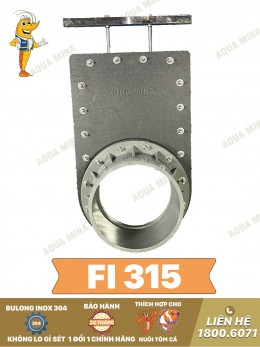
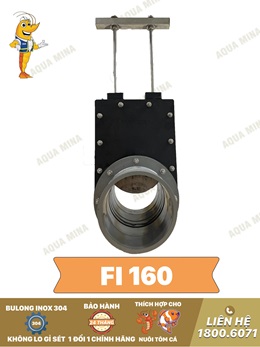
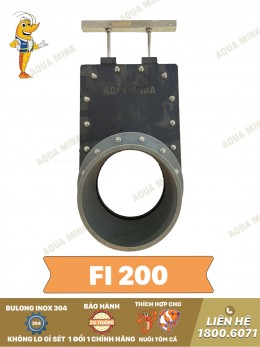
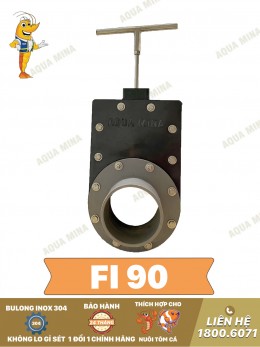
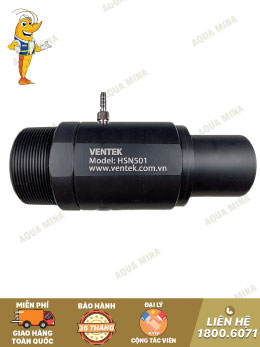
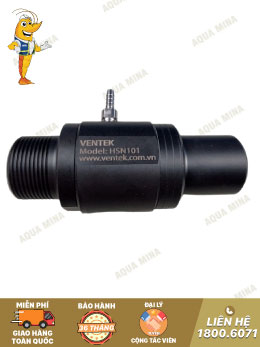

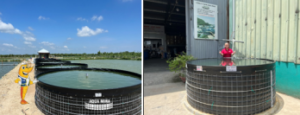
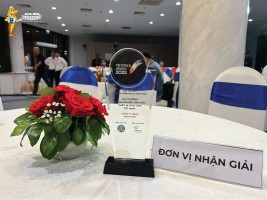
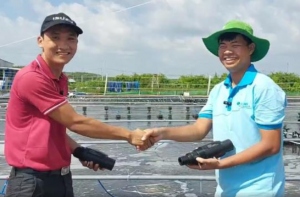
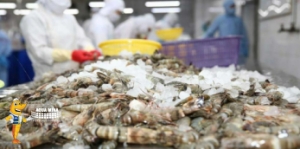
.jpg)